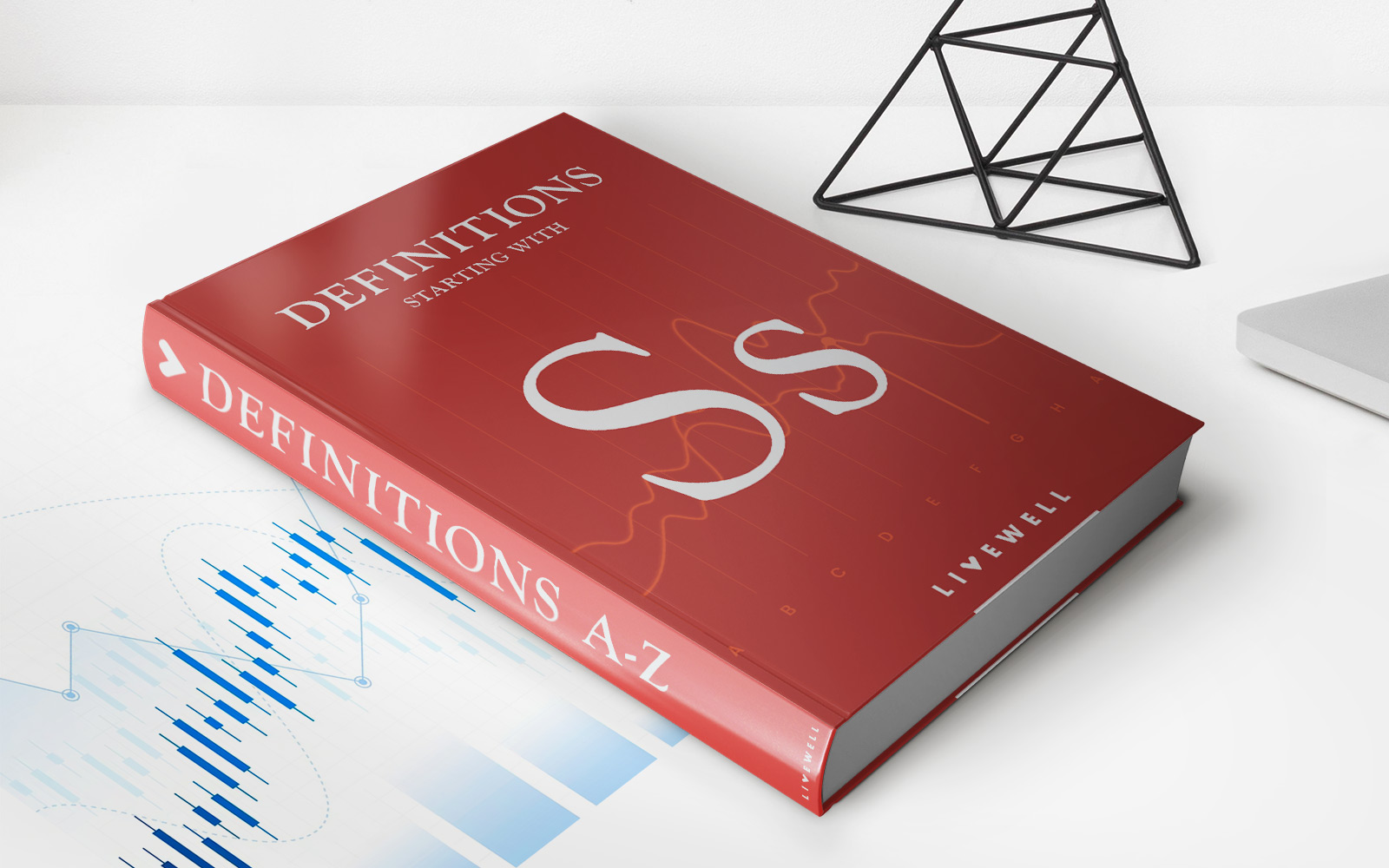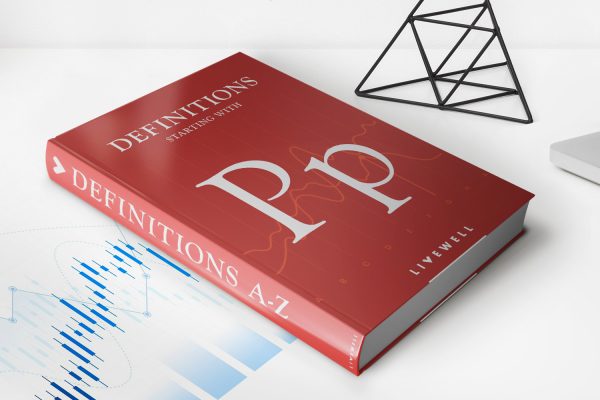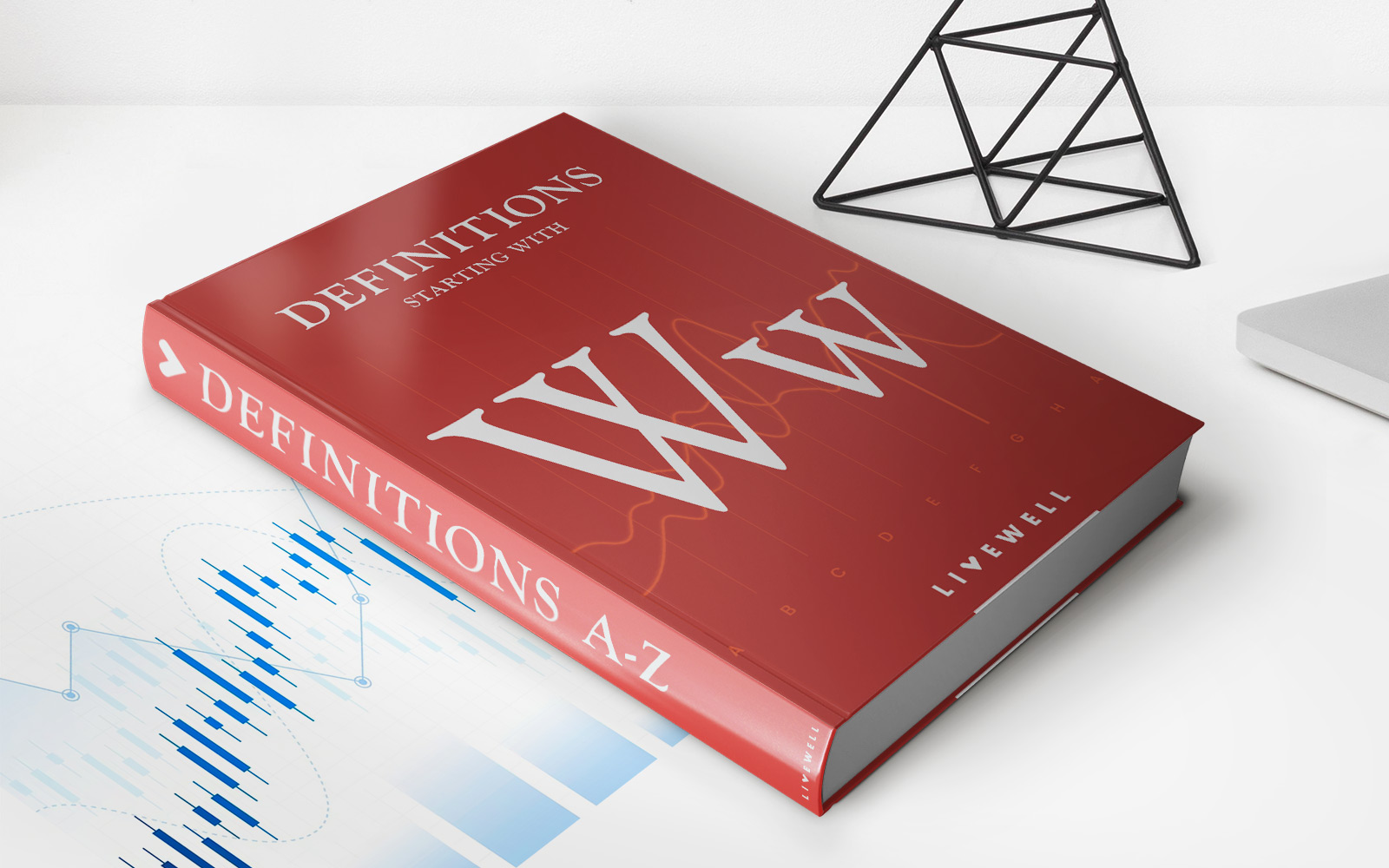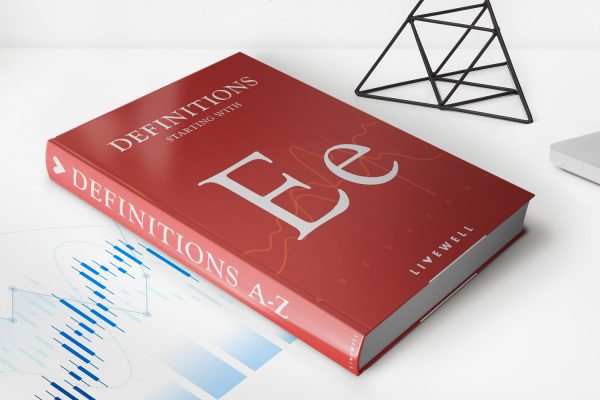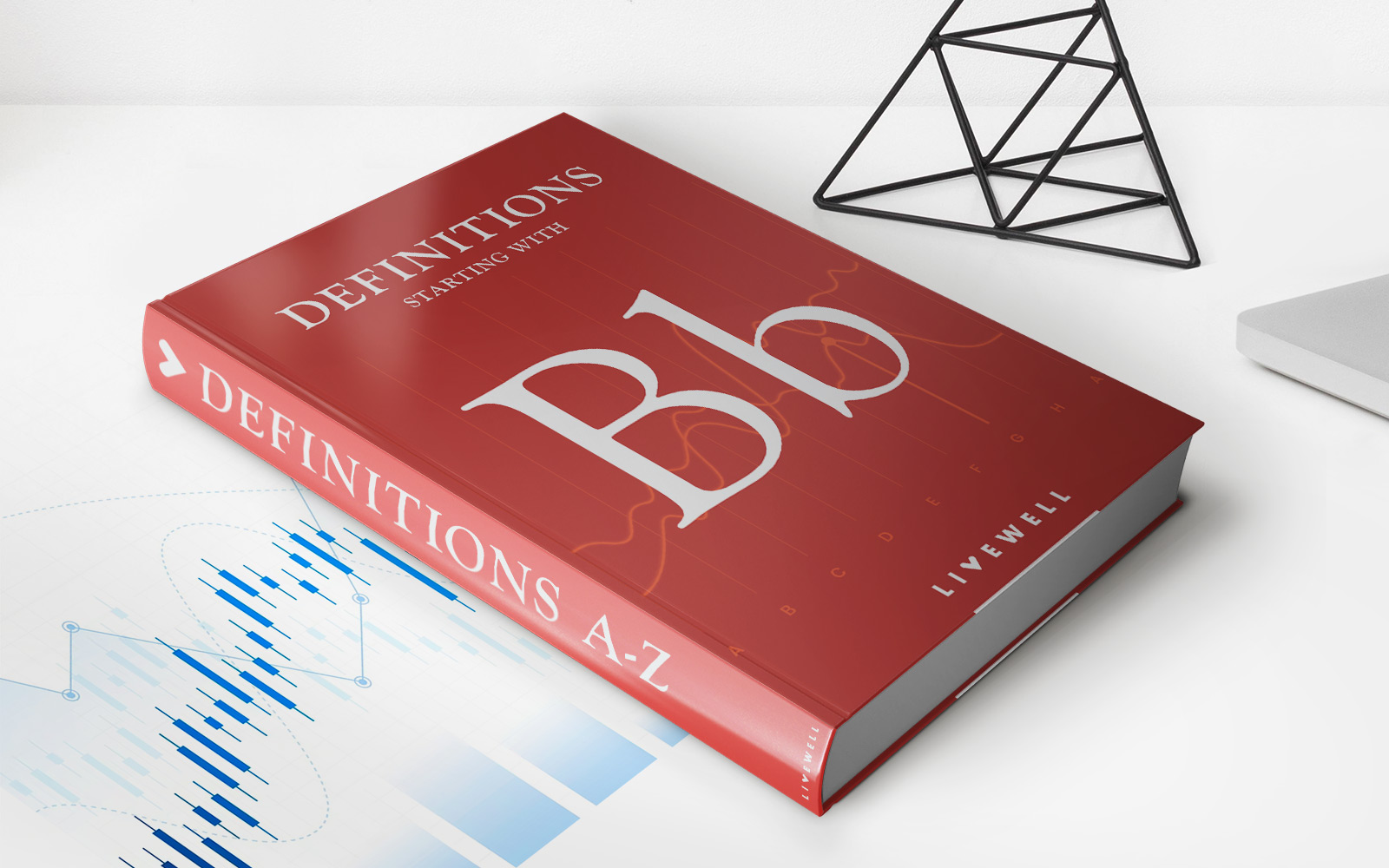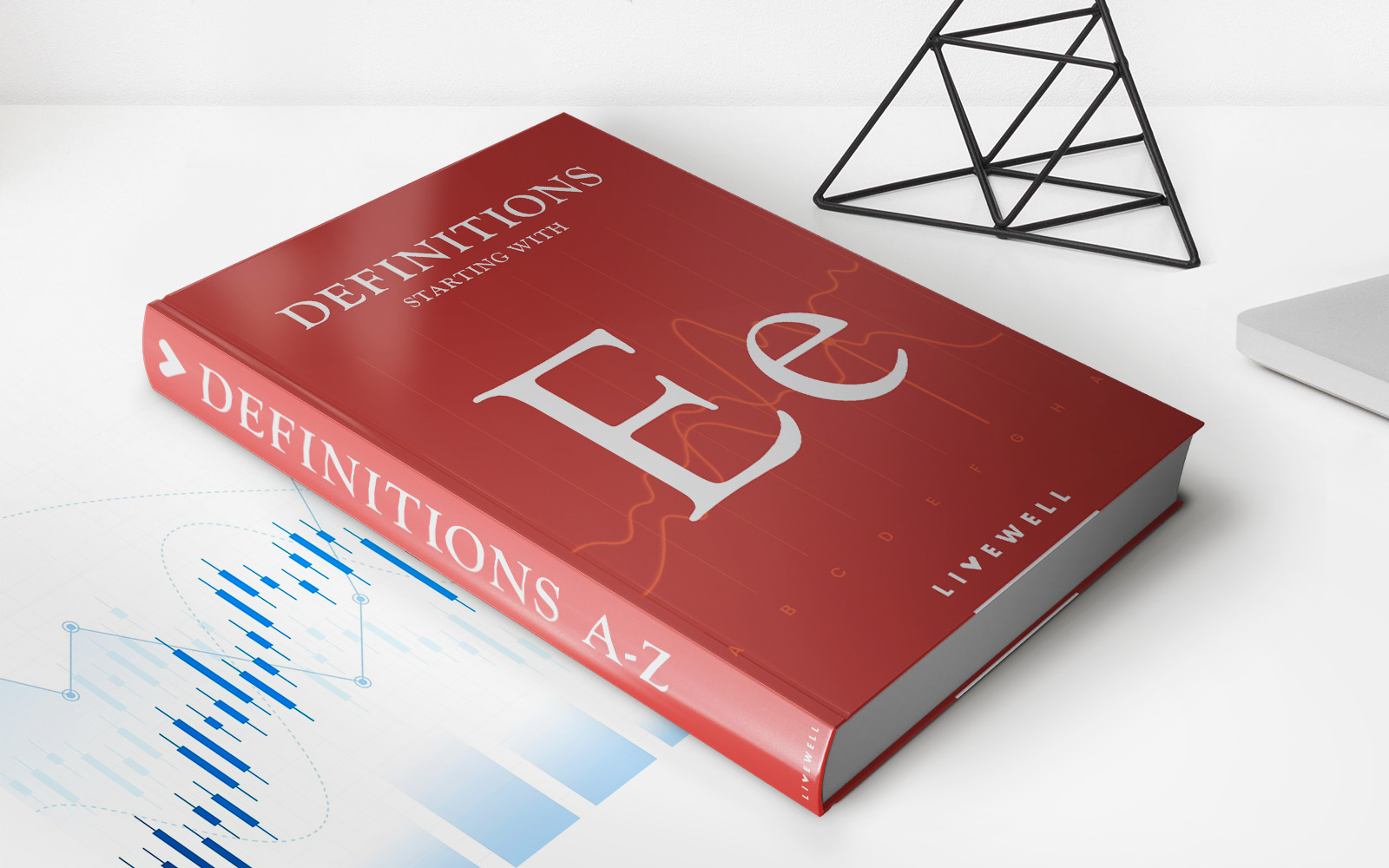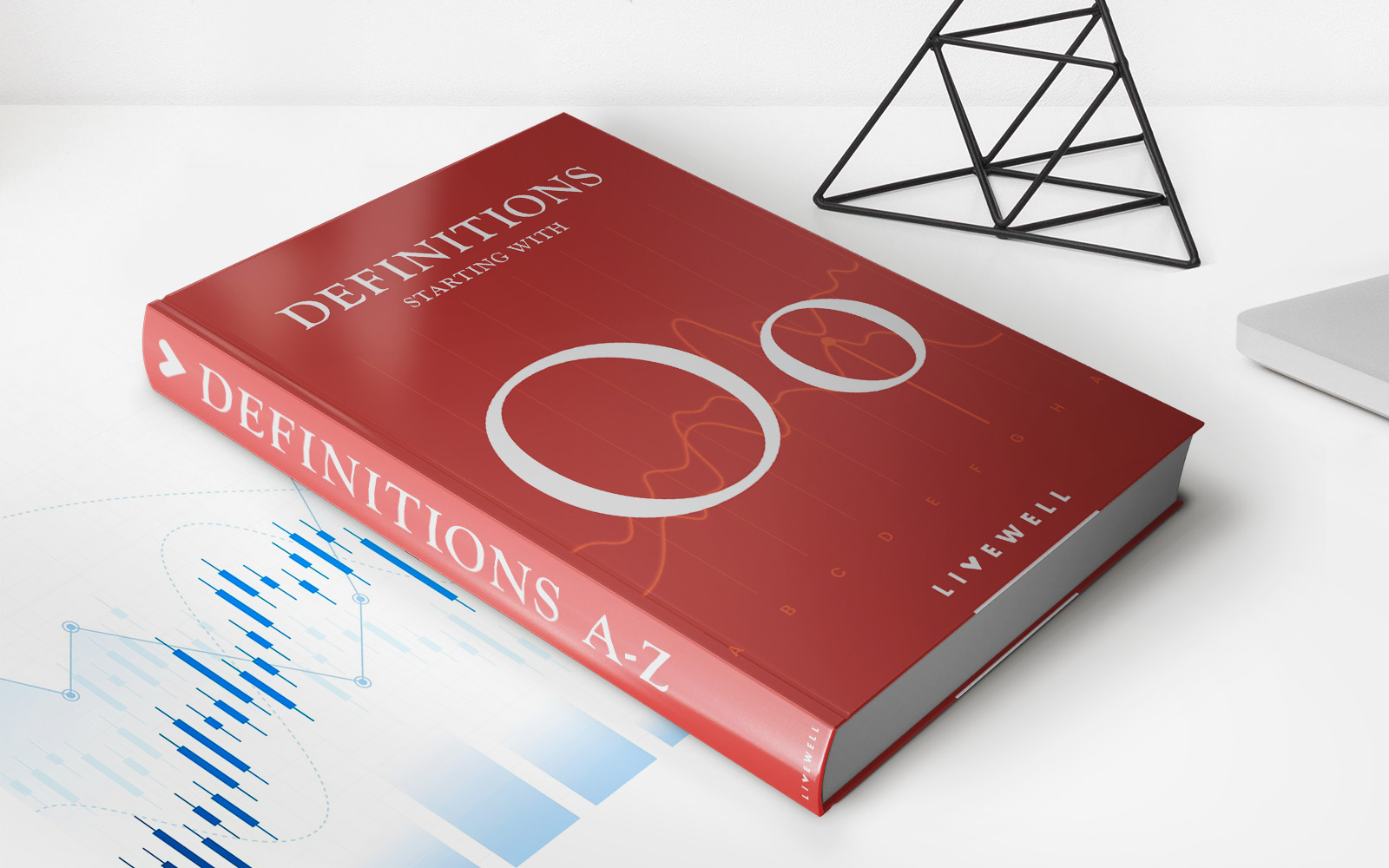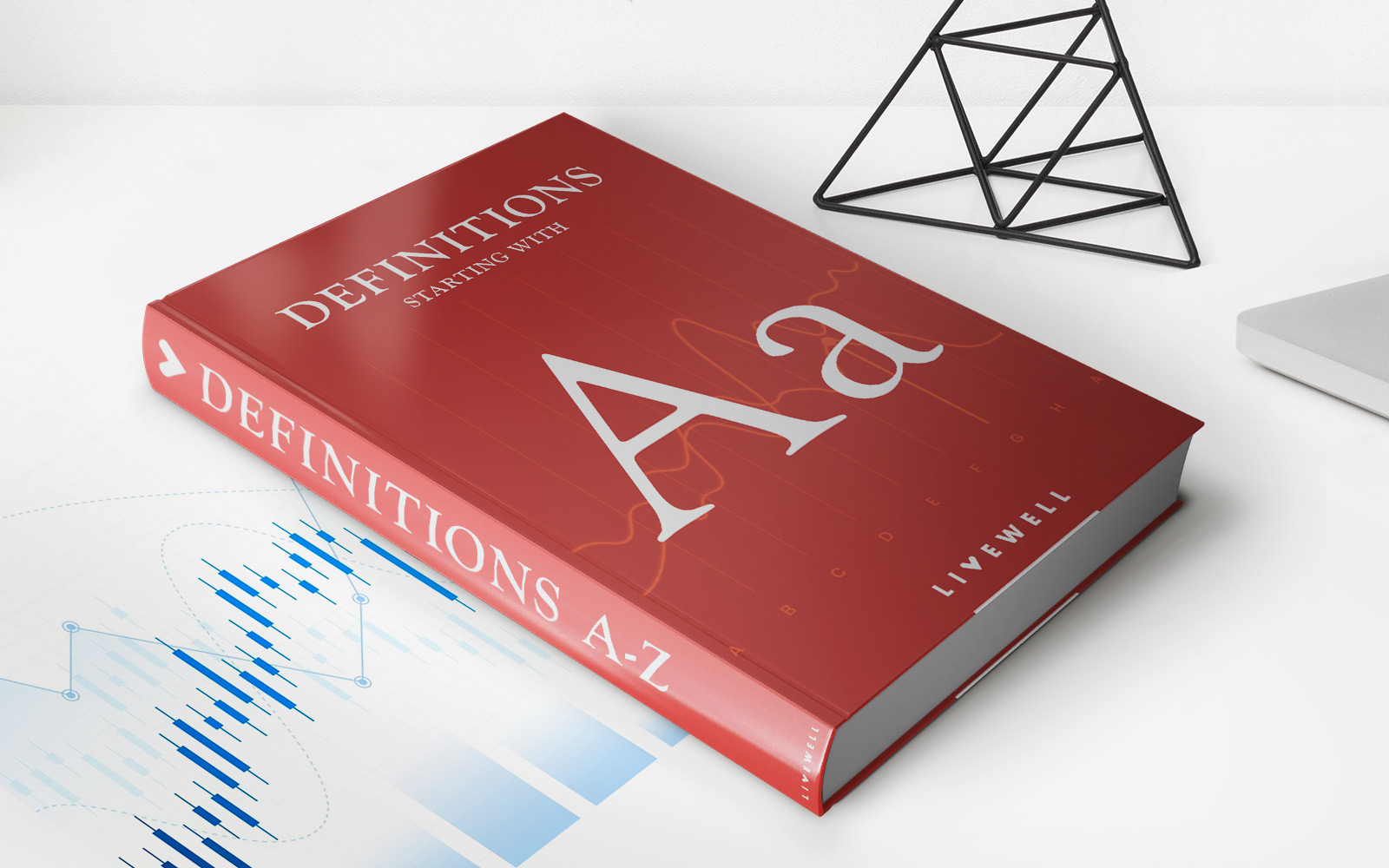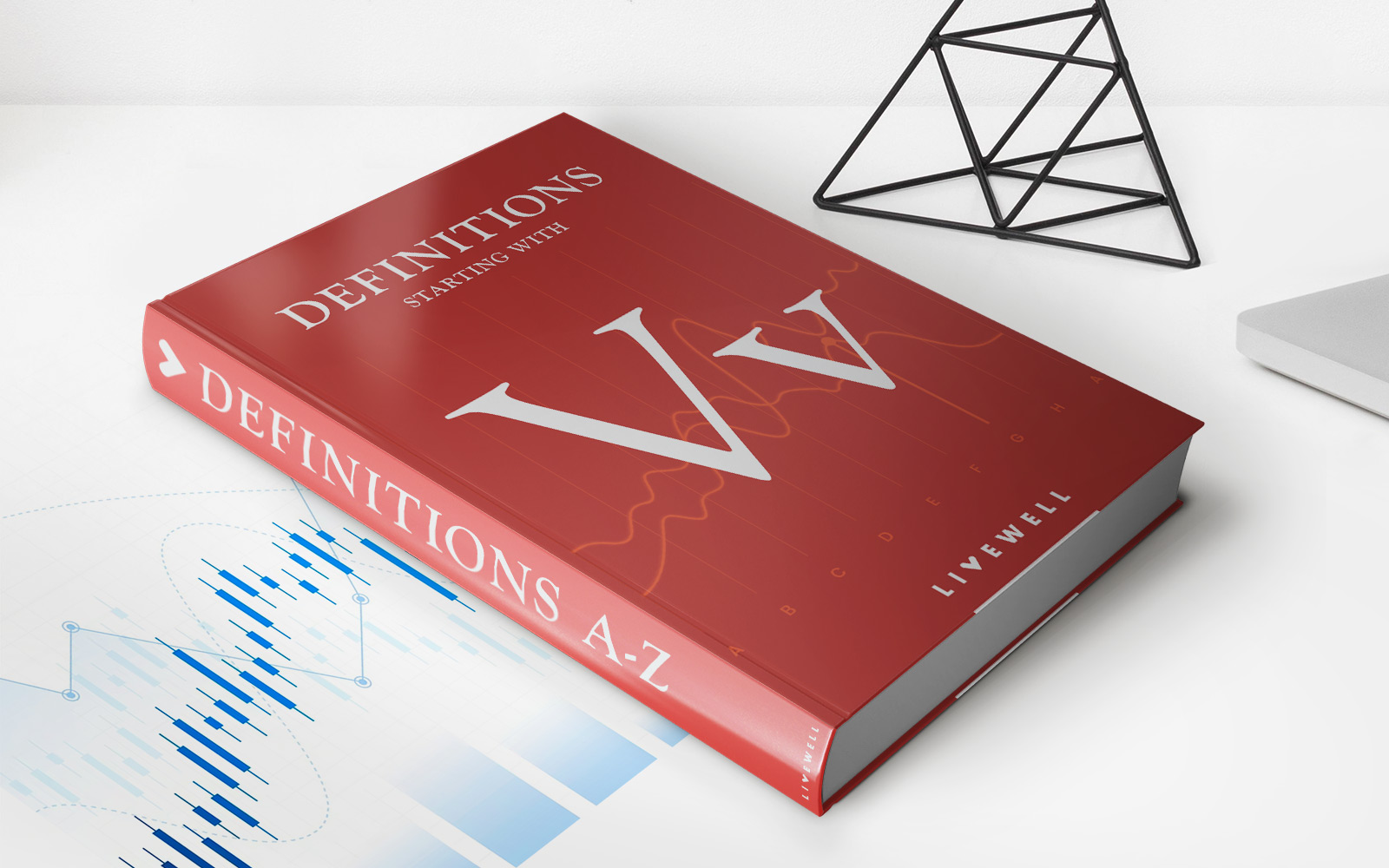Home>Finance>What Is A Credit Crunch? Definition, Causes, Examples And Effects


Finance
What Is A Credit Crunch? Definition, Causes, Examples And Effects
Published: November 5, 2023
Learn about the definition, causes, examples, and effects of a credit crunch in the finance industry. Understand the impact it has on economies and businesses.
(Many of the links in this article redirect to a specific reviewed product. Your purchase of these products through affiliate links helps to generate commission for LiveWell, at no extra cost. Learn more)
What Is a Credit Crunch? Definition, Causes, Examples and Effects
If you’ve ever wondered what a credit crunch is and how it affects the economy, you’ve come to the right place. In this blog post, we’ll explore the definition, causes, examples, and effects of a credit crunch. By the end, you’ll have a clear understanding of this financial phenomenon that can have far-reaching consequences.
Key Takeaways:
- A credit crunch is a sudden reduction in the availability of credit or a tightening of lending conditions by financial institutions.
- It is typically caused by a combination of factors, including economic downturns, bank failures, or a decline in the value of collateral.
Definition
A credit crunch can be described as a situation in which there is a sudden and severe shortage of credit or a tightening of lending conditions by financial institutions. This reduction in credit availability restricts the ability of businesses and individuals to borrow funds for various purposes, such as investments, purchases, or even day-to-day operations.
Causes
Credit crunches can be triggered by various factors, and their causes are often interrelated. Some common causes include:
- Economic downturns: During periods of economic contraction, such as recessions, banks and other lenders may become more cautious about extending credit, leading to a credit crunch.
- Bank failures: When banks face financial distress or fail, it can create a loss of trust in the banking system, causing other financial institutions to tighten their lending conditions.
- Decline in collateral value: If the value of the assets used as collateral for loans, such as real estate or stocks, suddenly drops, lenders may reduce their lending or demand additional collateral, resulting in a credit crunch.
Examples
One well-known example of a credit crunch is the global financial crisis of 2008. Following the collapse of Lehman Brothers, banks worldwide faced severe liquidity problems, leading to a significant reduction in credit availability. This had a domino effect on businesses and individuals, causing a severe economic downturn.
Another example is the credit crunch that occurred in the United Kingdom during the early 1990s. High interest rates, falling house prices, and excessive lending by banks created a situation where credit became scarce, harming businesses and consumers alike.
Effects
The effects of a credit crunch can be far-reaching and can have a significant impact on the economy. Some common effects include:
- Reduced investments: Businesses may face difficulties in obtaining funding for expansion or investment projects, leading to a decrease in economic growth.
- Job losses: As businesses struggle to access credit, they may have to downsize or close down, resulting in job losses and increased unemployment rates.
- Tightened lending standards: Financial institutions that experience a credit crunch tend to become more cautious about lending, leading to stricter borrowing requirements and making it harder for individuals and businesses to access credit.
- Lower consumer spending: When credit becomes scarce, consumers may cut back on their spending, leading to reduced demand for goods and services and further impacting economic growth.
In conclusion, a credit crunch is a sudden reduction in credit availability or a tightening of lending conditions. It can be caused by various factors, including economic downturns, bank failures, or a decline in collateral value. Examples of credit crunches include the global financial crisis and the UK recession in the 1990s. The effects of a credit crunch can include reduced investments, job losses, tightened lending standards, and lower consumer spending. Understanding credit crunches is crucial for policymakers, investors, and individuals to navigate the complexities of the financial system during challenging times.
